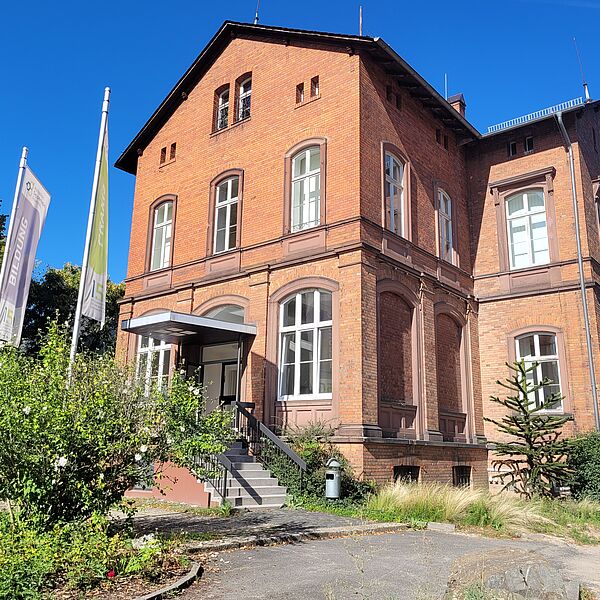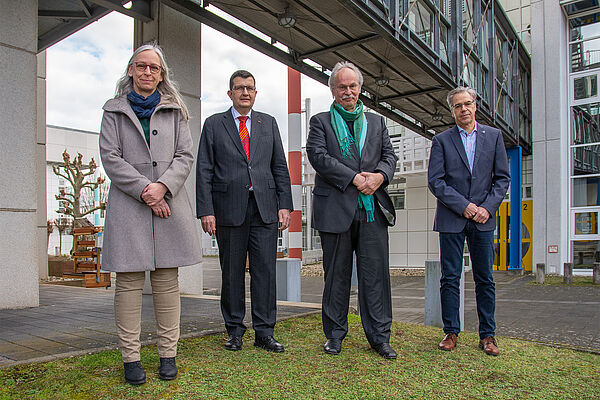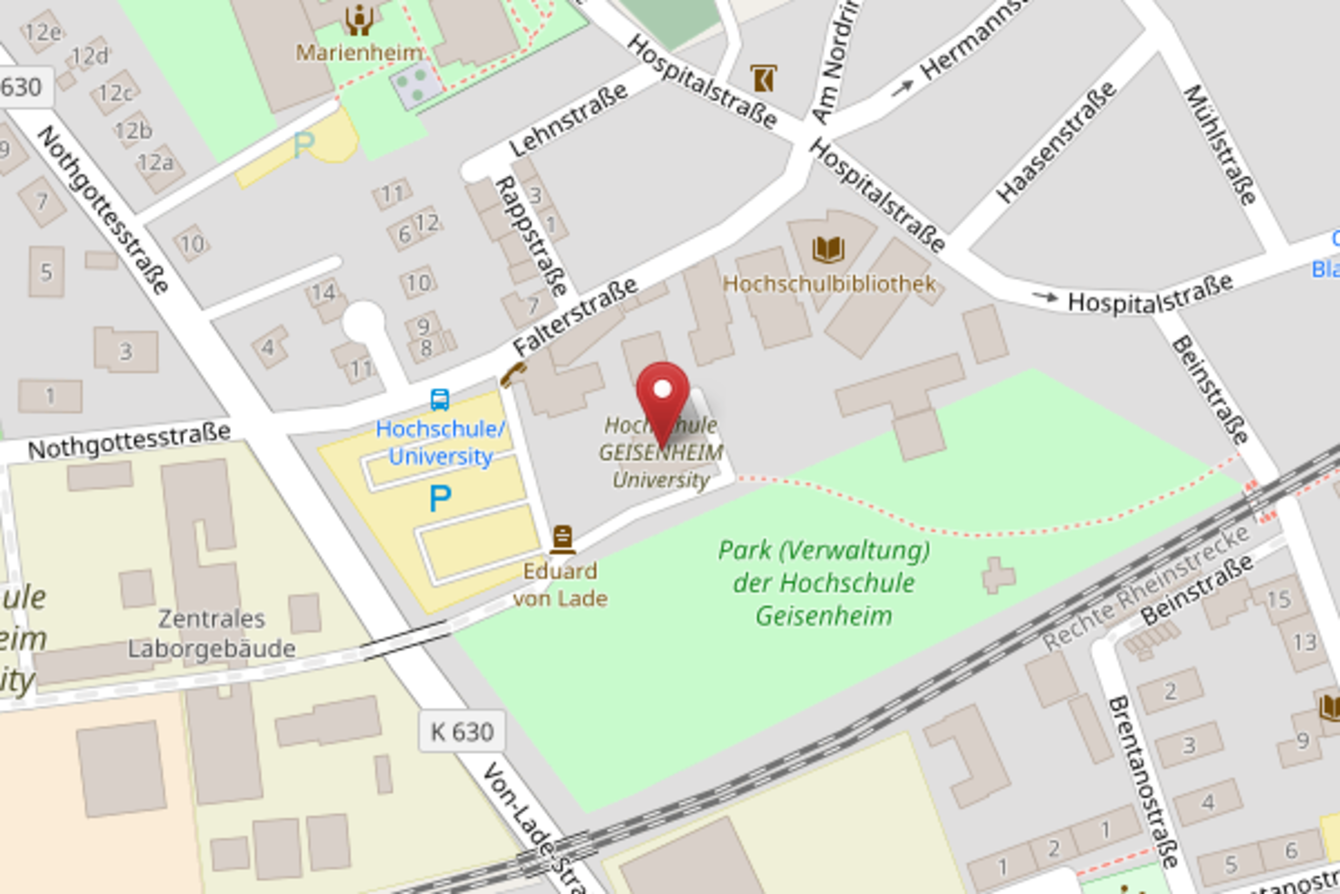“The Federal Horticulture Show is a great opportunity for our universities as it provides the stage to present the university landscape in the Upper Middle Rhine Valley and showcase the diversity of our degree programs”, emphasizes Prof. Dr. Kristian Bosselmann-Cyran, President of Koblenz University. In addition to strengthening the role the universities play for the region, it also increases their international visibility. Prof. Dr. Antje Krause, President of Bingen Technical University of Applied Sciences, agrees: “If regional universities join forces and speak with one voice, they can make a significant contribution to raising the profile of the higher education landscape in the Upper Middle Rhine Valley and effectively exploiting the potential of BUGA 2029."
The signed agreement provides that the universities will come together to participate in the preparation of the show over the next years and coordinate their presence and contributions during the event. Their joint efforts can translate into various forms of cooperation in teaching and research, e.g. the cooperative study program on ceramics, which has been running for many years, and the planned program on hydrology and water. Other possible types of cooperation could include events such as conferences, lecture series and workshops, as well as joint contributions to exhibitions. “In addition to program and subject-related collaborations, a joint umbrella brand with a logo, joint internet presence and a broad range of PR activities is a great advantage to pool resources and increase efficiency,” explains Prof. Dr. Stefan Wehner, Vice-President for Koblenz at the University of Koblenz-Landau.
Cooperation between the four universities has grown steadily over the past three years through regular exchanges between the universities themselves and with the Rhineland-Palatinate Development Agency. Joint teaching and research projects in the Upper Middle Rhine Valley are in the center of the cooperation, for example the joint study on "Municipal Climate Adaptation in the Upper Middle Rhine Valley World Heritage Site", which was published by Koblenz University, Bingen Technical University of Applied Sciences and Hochschule Geisenheim University in 2020.
Although seven years sound like a long way to go, organizers are already setting the course for the event in 2029. Planning agencies, for instance, have to submit their proposals by 2023. “In parallel, the cooperating universities will formulate their own ideas to make sure that the concepts will go hand in hand,” says Prof. Dr. Hans Reiner Schultz, President of Hochschule Geisenheim University. "In order to take advantage of our chance to help shape this phase, we would now like to step up the exchange among the universities and, in a next step, formulate a joint mission statement as the basis of our mutual support." To this end, a workshop is planned at Koblenz University of Applied Sciences in spring, which will further specify the technical and content-related orientation of the scientific contributions.





![to campus south;; M. Faust 2023 [Translate to English:] Bild Unter Campus](/fileadmin/_processed_/6/9/csm_MF_HEADER_UNTERERCAMPUS_b3323b9354.jpg)


